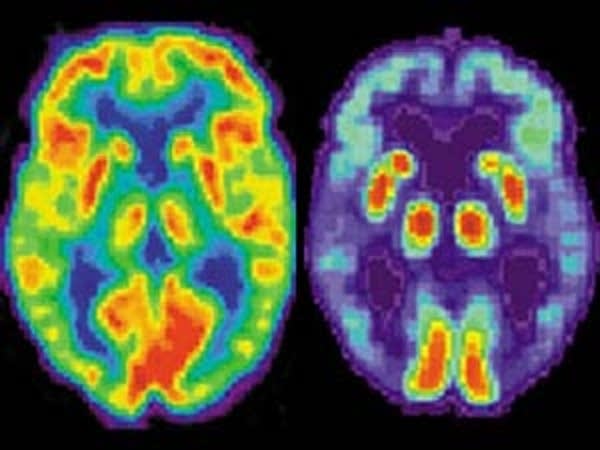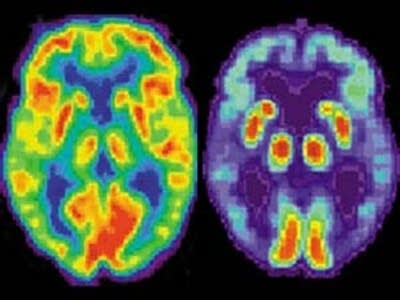State's insurers want a second opinion before approving scans
Go Deeper.
Create an account or log in to save stories.
Like this?
Thanks for liking this story! We have added it to a list of your favorite stories.

(AP) - Medica instituted on Monday the requirement for doctors to check with a third-party evaluator employed by the insurer. Next month, HealthPartners will do so. Blue Cross and Blue Shield of Minnesota will follow among in July.
Insurers say the policy is way to reduce the number of CT scans, MRIs and other high-tech imaging procedures that are wrongly or unnecessarily prescribed, but doctors are tepid about the requirement because, they say, it means more work without more pay.
"We pay for 170,000 scans a year, and if 10 percent to 15 percent are wrong scans or unnecessary, that's a lot of scans," said Dr. Charles Fazio, Medica's chief medical officer. "And that's a lot of health care costs."
At an average of $700 per scan, Medica estimates that it will see a savings of at least $12 million this year. HealthPartners claims to expect $7 million in savings.
Turn Up Your Support
MPR News helps you turn down the noise and build shared understanding. Turn up your support for this public resource and keep trusted journalism accessible to all.
The new rule will not affect low-tech imaging, including X-rays, nor will it affect inpatient care, urgent care or emergencies. Instead it applies to outpatient scans.
Medica is addressing an important issue but is placing an extra burden on physicians without extra reimbursement.
Dr. Robert Meiches, chief executive of the Minnesota Medical Association, said the new requirement takes time from doctors' busy schedules without any financial returns.
"Medica is addressing an important issue but is placing an extra burden on physicians without extra reimbursement," he said.
He said doctors follow test guidelines the majority of the time, but they also need flexibility in prescribing scans "because each situation has to be individualized."
In the HealthPartners and Medica programs, individual doctors will have final say on the imaging procedure, and HealthPartners will reimburse them even if their decision is different from the one advised by the consultant.
Magnetic resonance imaging, or MRI, is used more for soft-tissue examinations, such as the brain. Positron emission tomography, or PET, scans can be used to trace the results of therapy on cancers.
Computerized tomography, or CT, scans use special X-ray equipment to show a cross-section of body tissue and organs, and can be used to look for conditions such as cancer or cardiovascular diseases.
The popularity of these scans, and others, have been growing in Minnesota. According to the American College of Radiology, MRI use in state doctors' offices grew at twice the national average between 1998 and 2003. CT and PET scans grew at a rate triple the national average. And that doesn't include specialized imaging centers.
A report by the Minnesota Council of Health Plans recently found that insurers paid $188.9 million for CT and MRI scans last year, up 13 percent from 2004.
"This is one of those things that everyone acknowledges is an issue that we have to address," said Dr. Pat Courneya, associate medical director for HealthPartners. "With the right information, people will work to make good decisions."
Physicians treating Medica patents under the new requirement must call the insurer's third-party consultant when ordering a high-tech scan to make sure it is appropriate.
The radiology management consultant, who is not necessarily a medical doctor, can agree with the doctor or recommend another procedure. Medica says the telephone call should take an average of five minutes, but doctors doubt it will be that fast.
"I'm not unaware of the problems (health) plans are facing with the rising cost of imaging," said Dr. Joseph Tashjian, a radiologist and president of St. Paul Radiology. "The authorization process is a punitive process and not as helpful in furthering the goal" of creating a more uniform system for decision-making.
St. Paul Radiology employs nearly 90 radiologists who work at five imaging centers and 11 hospitals, making it the largest business of its kind in the state.
(Copyright 2007 by The Associated Press. All Rights Reserved.)




